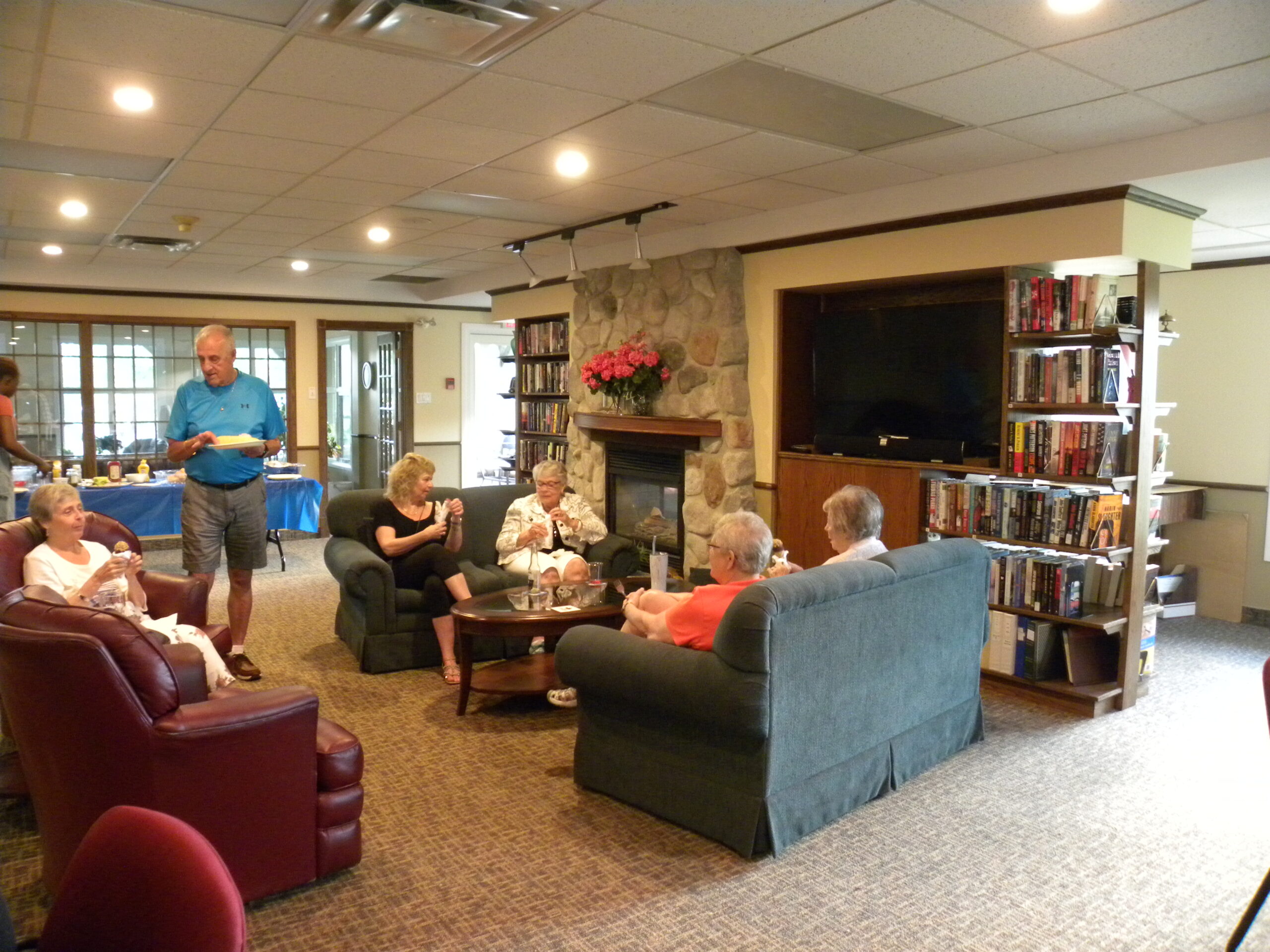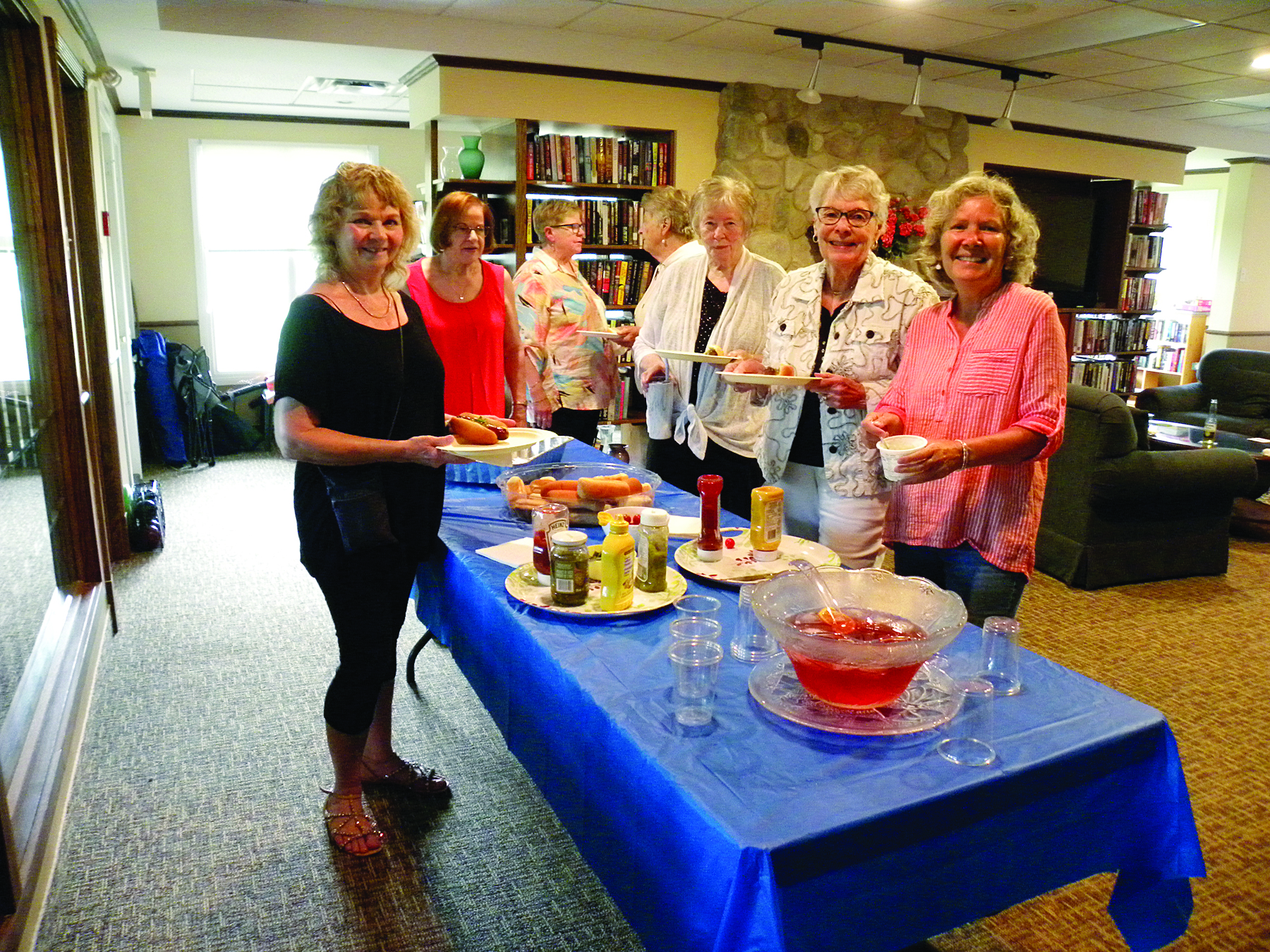
Life lease news
Today's retirees are getting increasingly younger, often empty nesters, and 55+ seniors looking for a lifestyle with flexibility, low maintenance and security. They want to be able to take extended trips and not have to worry about leaving an empty house. They don't want the responsibility of home and yard maintenance. They are looking for a sense of community and support that will allow them to maintain their independent life.
If you are in any of these situations, you might want to consider life lease accommodation.
The life lease model is a relatively new concept in North America, although it has a long and successful history in Europe.
In Manitoba, the life lease concept was developed in response to the anticipated housing developments during the nineties and into the new millennium. And with recent data predicting a major increase in the 55+ demographic over the next decade, this points to a life lease as an excellent option.

All life lease projects are not the same. They vary across Canada and within Manitoba, and are misunderstood more often than not. This article aims to provide some key information to help you better understand the concept.
Most life lease projects are developed, owned and run by a sponsor group, such as a service club (i.e., Lions, Kiwanis, Rotary), a church group, or an ethnic organization. Sponsor groups operate as non-profits, and the rental costs are generally lower than the going market rate for a comparable unit in a 'regular' rental building. Individual resident(s) are granted the life lease in accordance with a written lease agreement that details the costs, rights and obligations of all parties, as well as any regulations governing the life lease (i.e., The Life Leases Act, The Residential Tenancies Act).
The basic tenet of the life lease agreement gives the lessee “the right to occupy the residential unit for as long as you live".
There are three main types of life lease facilities.
- The most common life lease is a rental agreement that requires an initial payment called an entrance fee. That fee is invested, and any interest garnered is reinvested in the life lease facility. You do not receive any interest, but the fee is refunded when you terminate the lease. Remember that you are not purchasing any part of the real property, only the right to reside there for as long as you live.
Entrance fees and rental costs vary depending on the age and circumstance of the facility. Generally, the rental or lease rate is based on the apartment/unit's proportionate share of the operating expenses, capital expenses and debt servicing costs, as well as a base rental fee. The lease is for the life of the tenant(s) signing the lease, which means you cannot re-assign your lease on termination. Instead, the lease reverts back to the sponsor organization.
- A market value life lease facility is more of an 'investment' in the rental unit. In this case, your lease is assignable, which means you can decide to whom you want to ‘sell’ that lease when you vacate the unit. Remember that you still do not own any part of the real property and may only 'sell' the assignable lease subject to the terms of the lease agreement.
The opportunity to 'sell' the assignable lease on the market gives you a chance to recapture any renovation costs and possibly make a profit. Keep in mind that this is based on markets at the time of sale, and may also result in a loss of investment if markets are poor. You are usually responsible for the rental costs until the lease is 'sold' and assigned to a new tenant.
- There are also some for-profit life lease facilities, but they are an exception, and not covered here in this article.
If you are considering a life lease opportunity, the main things to keep in mind are:
- Life lease units are not condos – you don't own them.
- Units are normally furnished with appliances, just like regular rental suites.
- The facilities generally have more amenities and common areas, such as clubrooms, hobby and exercise rooms, and some underground parking.
- You also have more of say in what goes on in your building. Typically, there is a residents' council/association that organizes social activities, which creates a sense of community. You actually get to know your neighbours, and you have a small but mighty support group right next door.
There are more than 100 life lease complexes in major cities and smaller rural towns and villages throughout Manitoba. And according to the Canadian Mortgage and Housing Corporation, complexes sponsored by non-profit organizations are becoming an increasingly popular housing option.
If you are interested in the life lease option, feel free to contact us at the Manitoba Life Lease Occupants Association (MLLOA). We are a non-profit organization with a membership of forty life lease complexes in Manitoba. We also provide education and governance resources, as well as monitoring legislation affecting life leases. For more information, visit our website at www.mlloa.ca.
Watch for future articles on life lease living, The Life Leases Act, and more.
Lori Blande is a Member at Large on the board of MLLOA Living in a life lease in Winnipeg.


